What is an Asphalt Emulsion?
Asphalt Emulsions are a mixture of an asphalt base, water, and emulsifier (soap) that is primarily graded on the curing rate and ion charge. There is interest in the usage of emulsions for several reasons. The first reason is that an asphalt emulsion does not require a petroleum solvent to make it liquid, and in most cases does not require additional heat which helps save energy.

Secondly, with the usage of asphalt emulsions, there are little to no hydrocarbon emissions, which helps with atmospheric pollution reduction.
Lastly, a major benefit of utilizing asphalt emulsions is the ability to coat aggregate surfaces in different climates. Emulsions are able to coat damp aggregate surfaces and can be used with cold materials at remote sites.
These benefits reduce fuel consumption by eliminating the need for heating and drying aggregates and can increase the service life of existing distressed pavements. (2)
Implementing Proper Pavement Designs and Best Practices
Regulations are constantly changing with the intention to help protect and improve the environment. Associations such as the National Asphalt Pavement Association (NAPA) and the Asphalt Pavement Alliance monitor federal regulatory issues and assist state Asphalt Pavement Associations. (3)

To help ensure that the highest quality asphalt pavements are built across the United States’ 2.2 million miles of paved roads, the Alliance provides many free tools that have been developed for engineers and owners that are focused on proper pavement design, latest asphalt paving specifications, best practices, and news. You can find these tools linked at the bottom of this article.

Common Asphalt Emulsions in the Industry:
An example of a widely used asphalt emulsion is a tack coat. Tack is a light application of an asphalt emulsion designed to ensure a strong bond between asphalt pavement layers. This helps to prevent the slippage or delamination of a hot mix overlay from the underlying layer which can be caused by traffic and environmental factors. (1) A tack coat is sprayed onto the road surface before a layer of hot mix asphalt is placed.
Building Longer-Lasting, Safer Roads Since 1956
Asphalt Materials, Inc., is a proud member of The Heritage Group. AMI brings over 65 years of experience to our work in the asphalt industry. Our teams of professionals are dedicated to creating longer-lasting, safer roads with quality, reliable asphalt materials.
A core strength of our business is the formulation, manufacturing, and R&D of asphalt binders and emulsions. Our asphalt facilities across seven states supply high-quality products and services, allowing us to excel in pavement preservation techniques and construction services. We have a full line of emulsion products offered under our AMIBOND™ product line. You can learn more about these products on our products page. https://asphalt-materials.com/products/
Other industry-leading products include J-Band® a void reducing asphalt membrane and AMIGUARD™ a rapid penetrating emulsion. These innovative products were created in the labs of the Heritage Research Group.
Sources:
(1) https://asphalt-materials.com/products/
(2) https://www.asphaltfoundation.org/
(3) https://www.asphaltpavement.org/expertise/health-safety
(4) – Britannica online dictionary: https://www.britannica.com/science/emulsion-chemistry
Also referenced – Connolly, Ú. (2001). “Clearing the Air.” Hot Mix Asphalt Technology, Vol. 6, No. 4, pp. 21–22. http://www.flexiblepavements.org/sites/www. flexiblepavements.org/files/clean_air_2_pg_article.pdf
Photo credits:
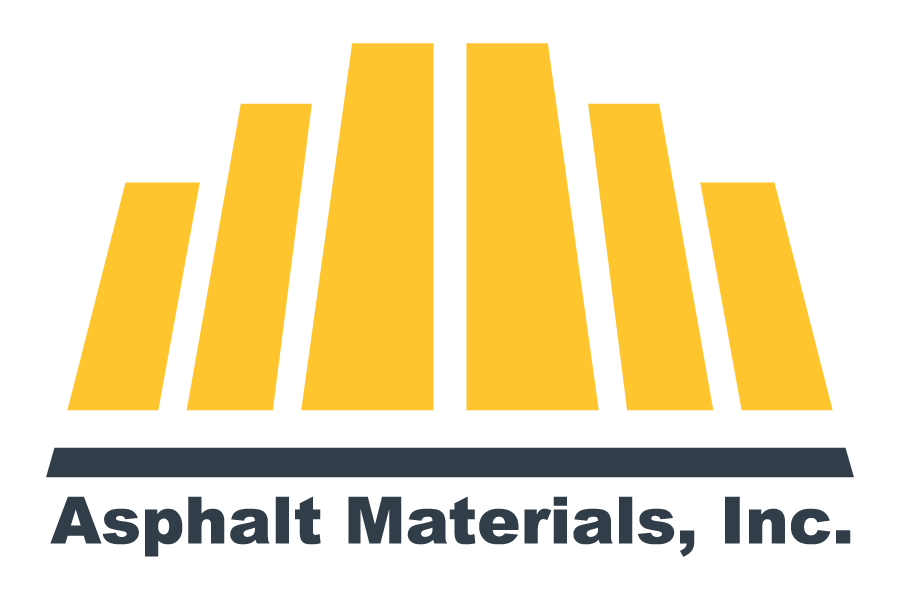
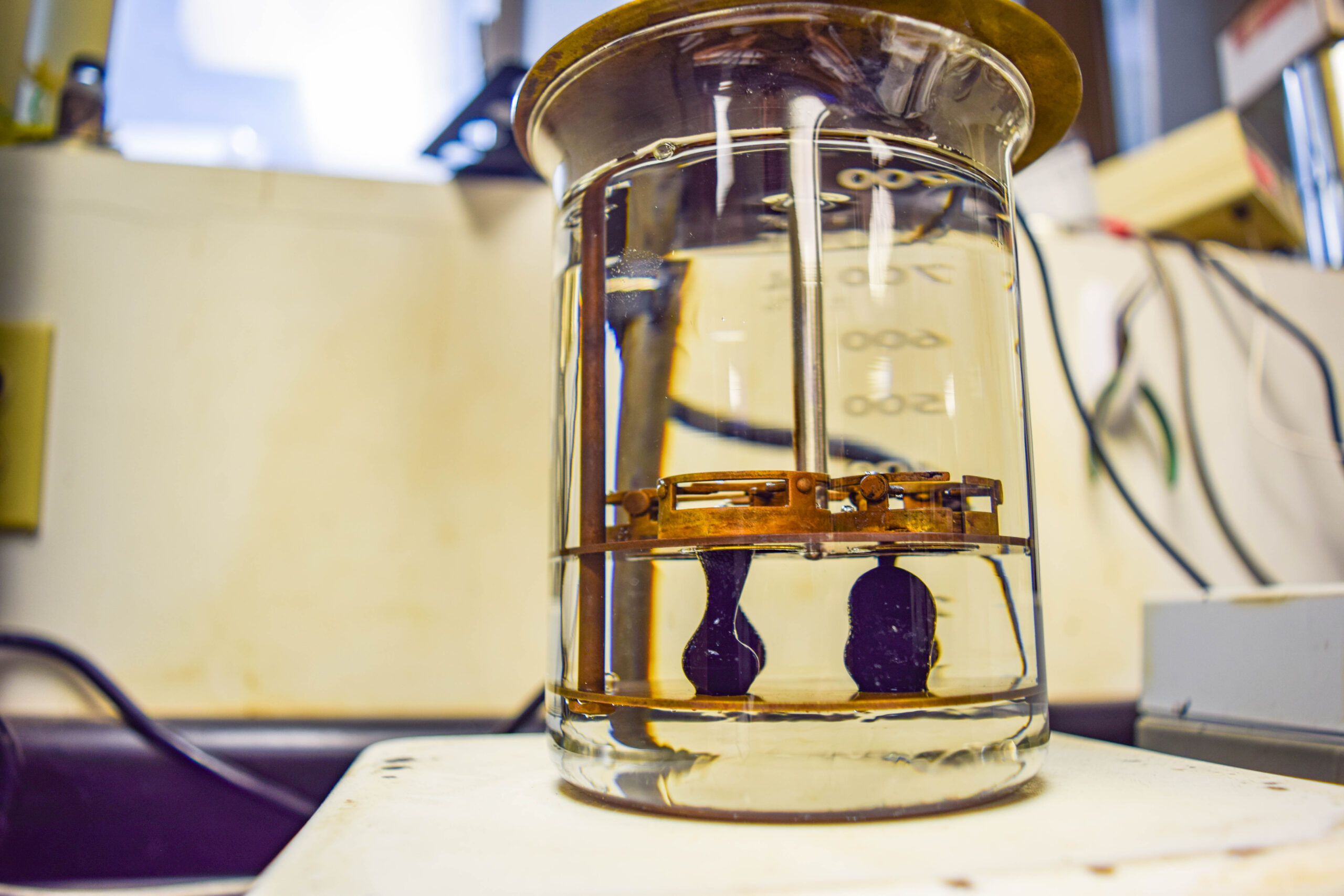


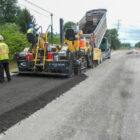


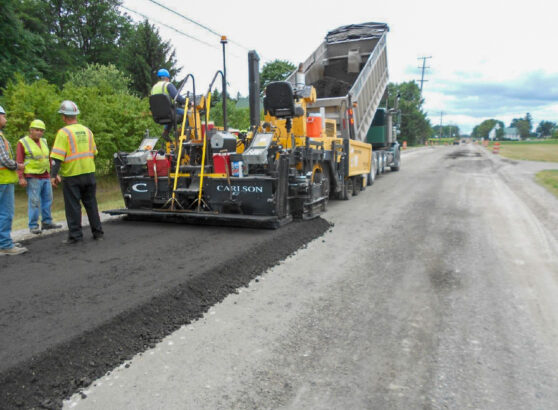

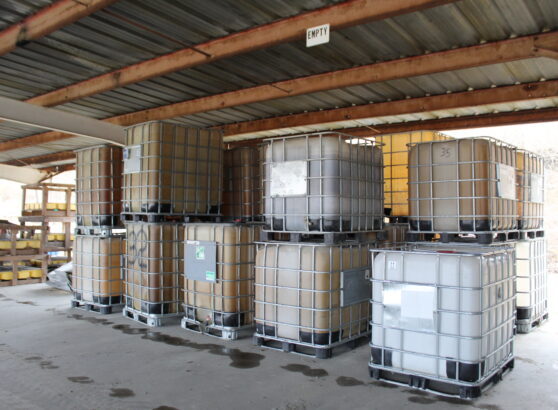


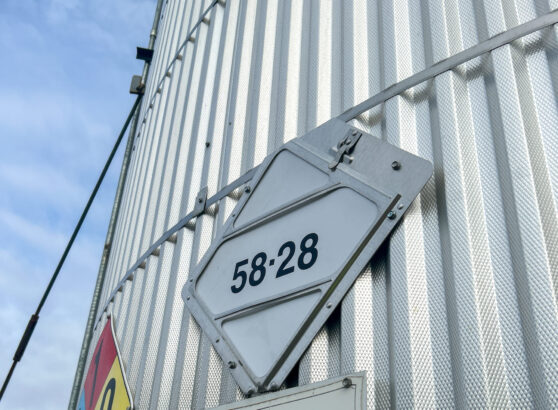





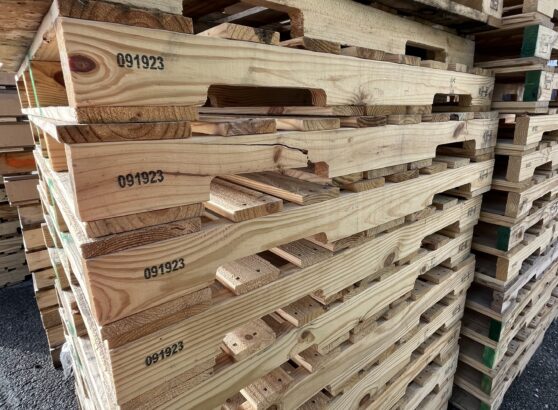
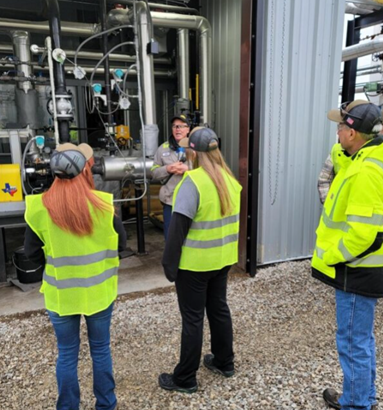













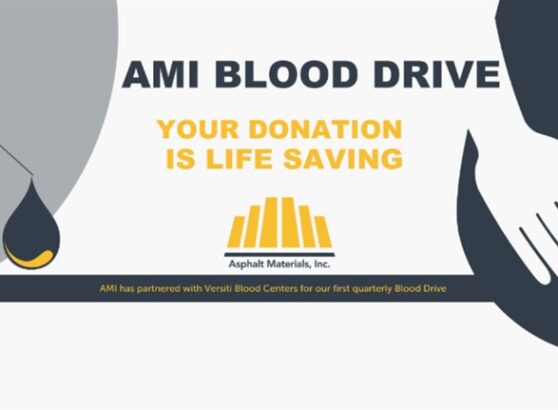










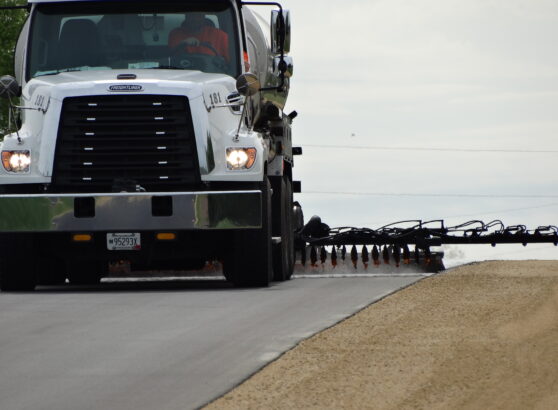

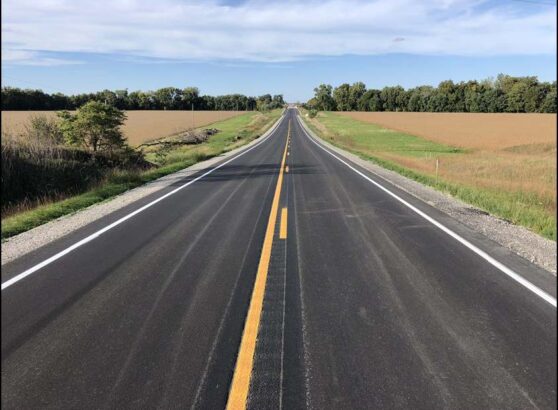




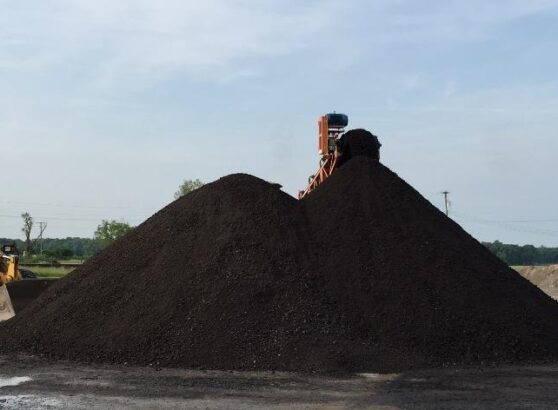

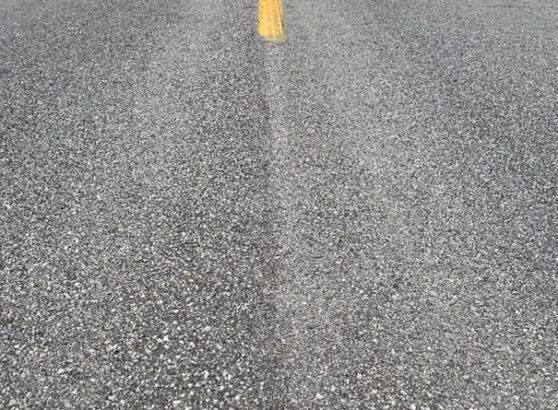


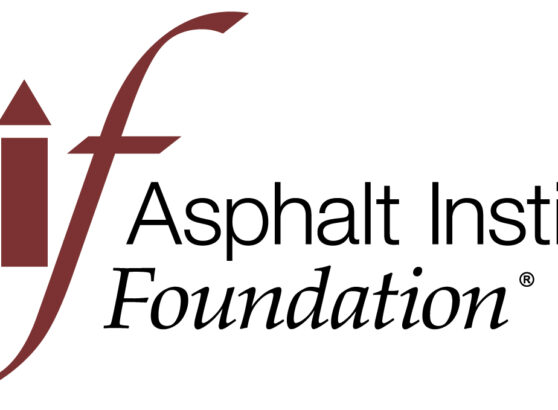




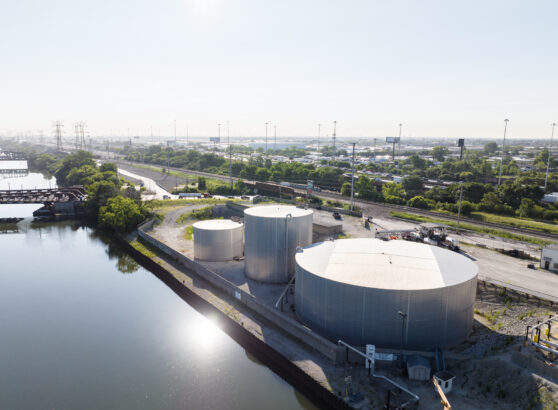




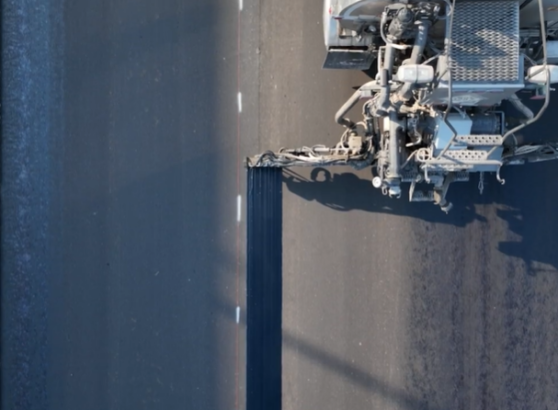


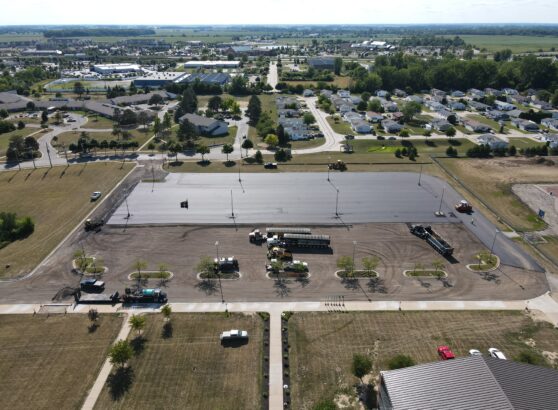








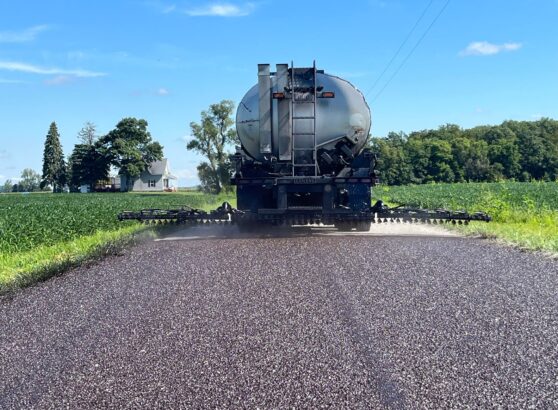




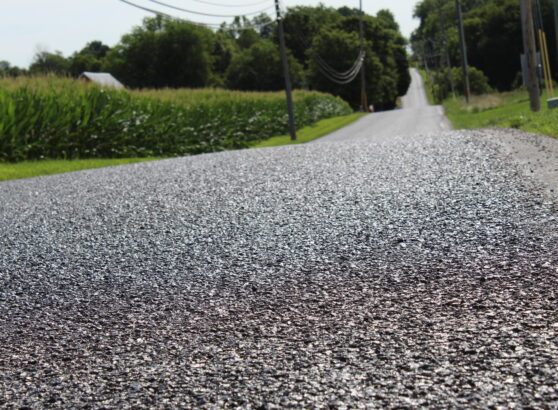



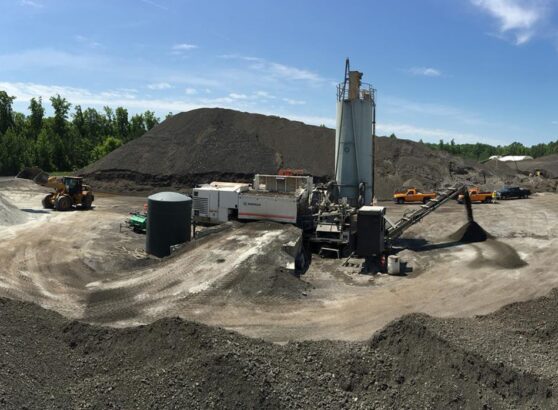





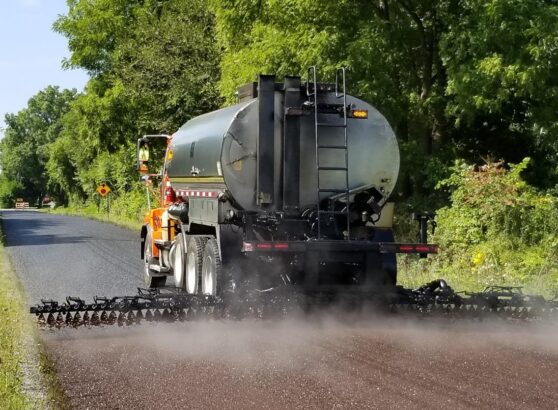

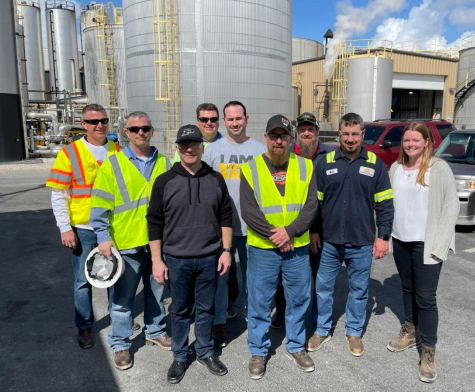























Recent Comments